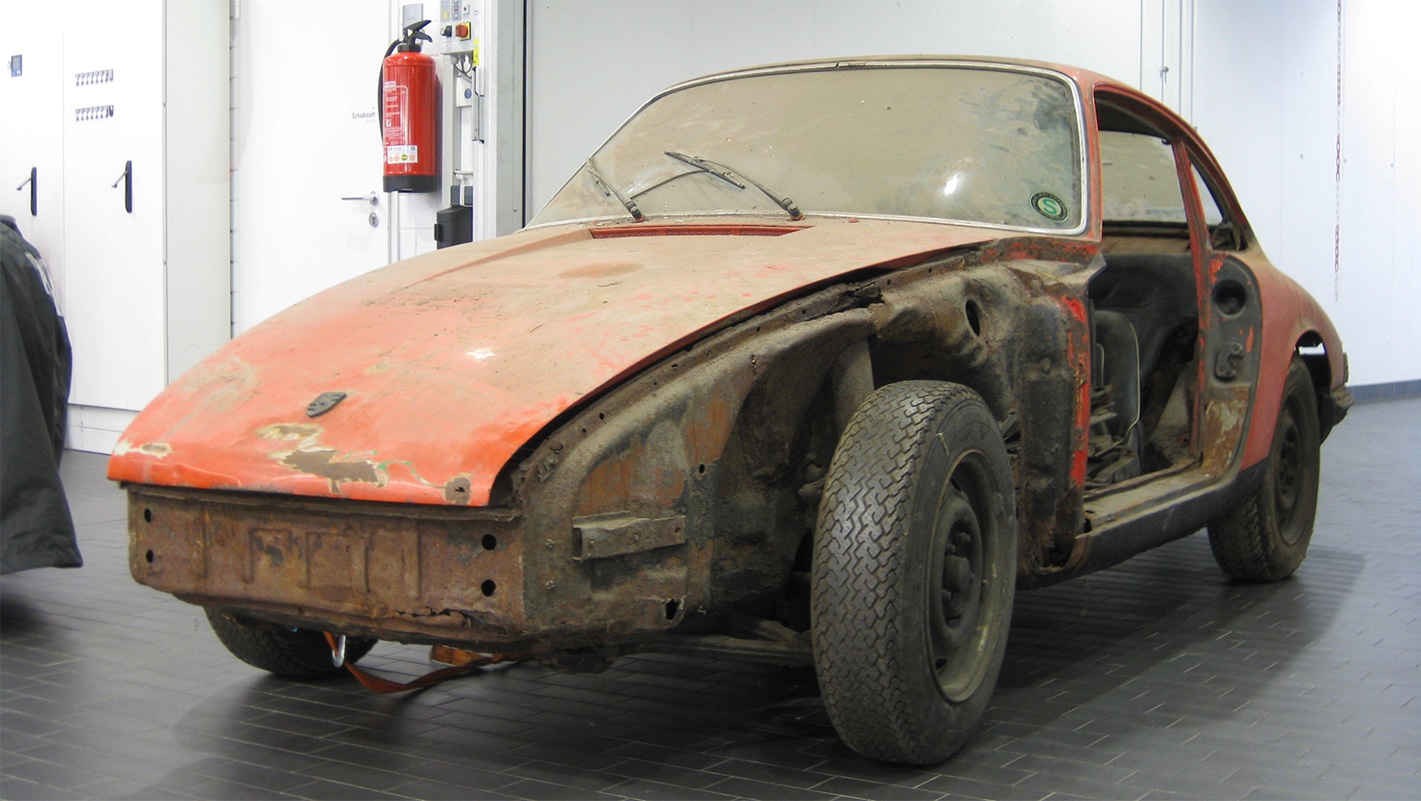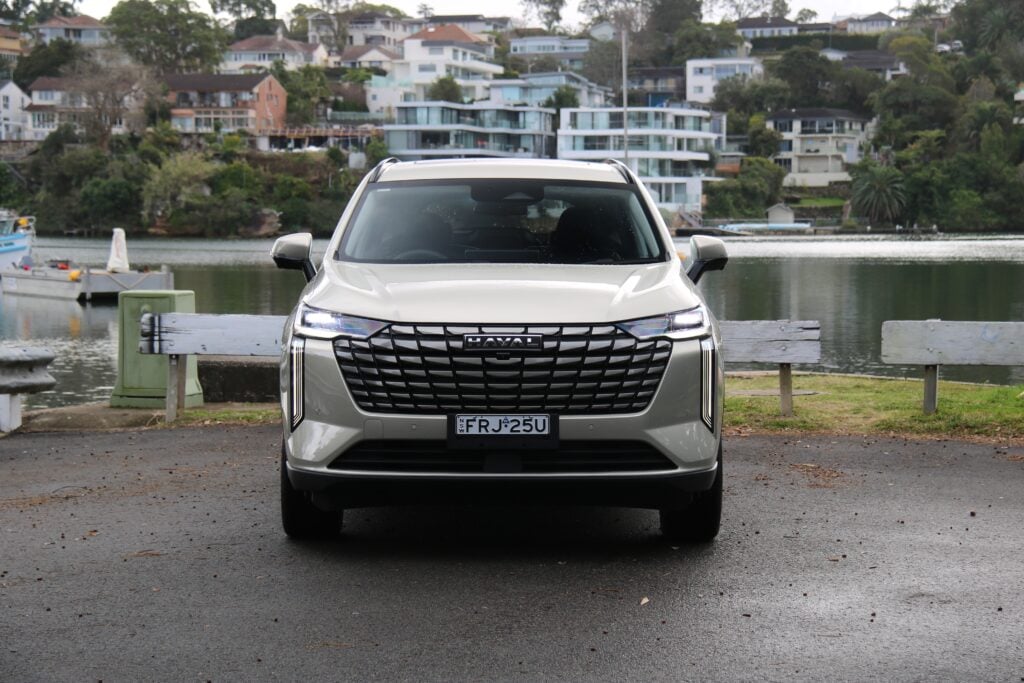Here at Wheels, it always warms our normally ice-cold hearts when we see carmakers track down dilapidated examples of the cars that put them on the map, and give them a new lease on life.
Remember the formerly Elvis-owned (and thoroughly trashed) 507 that BMW lovingly restored to showroom status? Porsche has done a similar thing, hunting down an example of the 1964 901 – technically the first 911, a car that amazingly has been absent from Porsche’s collection until now – and taking it from rusted hulk to concourse-spec.

Only 82 901s were built before the name change, but in the intervening years those cars have trickled out to private owners. Given their rarity and status as the 911’s genesis, genuine 901s are ludicrously hard to find – let alone buy.

Three years later, after acid-dipping the 901’s rust-ravaged shell, welding in replacement panels from a donor 911 and repairing or replacing the engine, gearbox, interior and wiring harness using period correct parts and techniques (but using water-based paint and modern rustproofing processes), the 901 has been completely restored.

The bodyshell took a full year to restore; the engine took 120 hours of labour. Keen on seeing the result? It’ll be on display at the Porsche Museum until April 8, 2018, which gives you just over four months to scrounge up an airfare.






